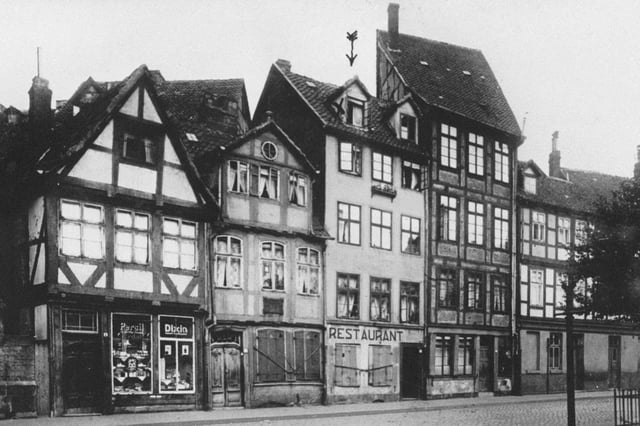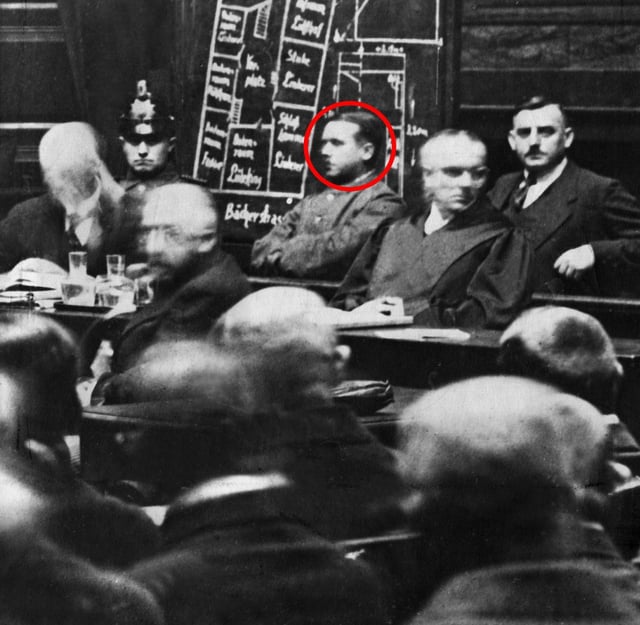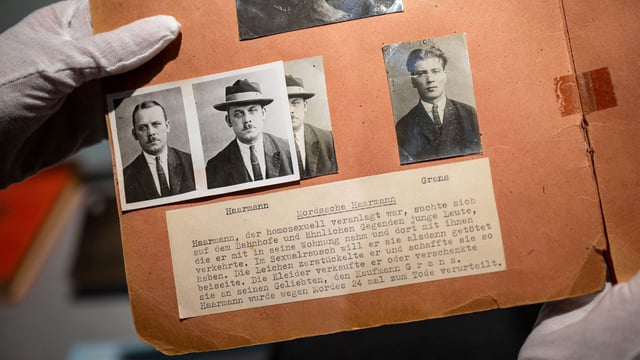Overview
- Fritz Haarmann, the 'Werwolf von Hannover,' was executed by beheading on April 15, 1925, after being convicted of murdering at least 24 boys and young men between 1918 and 1924.
- Controversies persist regarding the fairness of Haarmann's trial, with experts questioning his mental state and whether he was fully responsible for his actions.
- Haarmann’s role as a police informant delayed investigations into his crimes, as authorities initially overlooked evidence linking him to the murders.
- His brutal methods, including strangulation, dismemberment, and disposal of body parts, continue to shock and captivate public attention.
- The case has inspired films, musicals, graphic novels, and museum exhibits, reflecting both the societal fascination with criminality and the unresolved questions surrounding his story.



